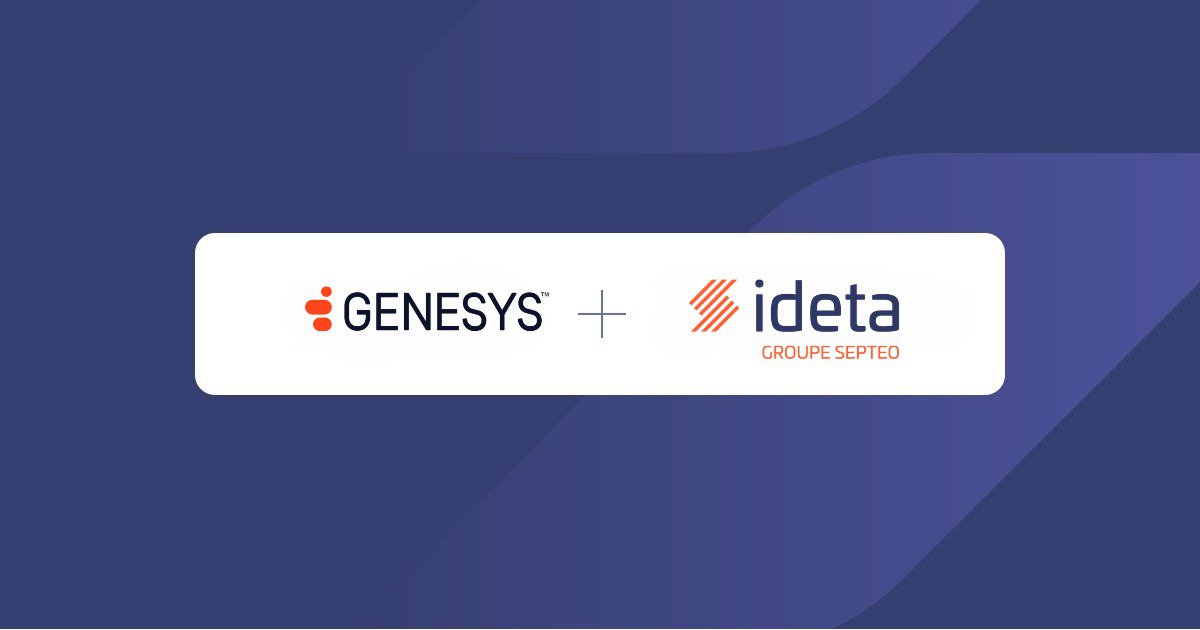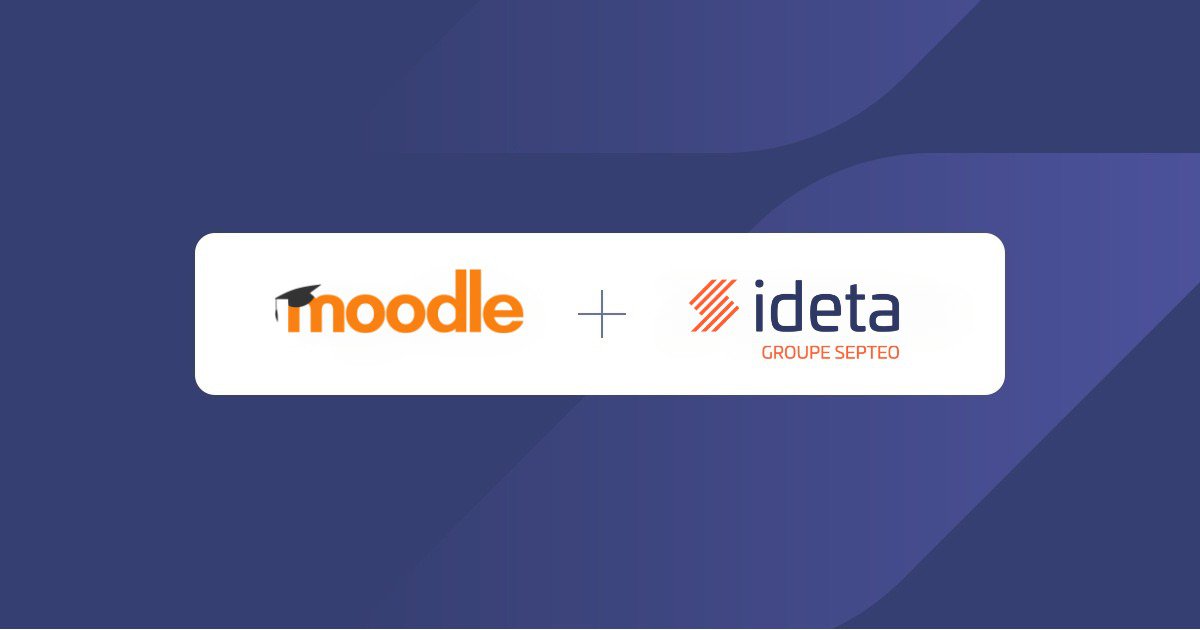How Open AI is Revolutionizing Digital Marketing Efforts
What’s a Rich Text element?
The rich text element allows you to create and format headings, paragraphs, blockquotes, images, and video all in one place instead of having to add and format them individually. Just double-click and easily create content.
Static and dynamic content editing
A rich text element can be used with static or dynamic content. For static content, just drop it into any page and begin editing. For dynamic content, add a rich text field to any collection and then connect a rich text element to that field in the settings panel. Voila!
How to customize formatting for each rich text
Headings, paragraphs, blockquotes, figures, images, and figure captions can all be styled after a class is added to the rich text element using the "When inside of" nested selector system.
Open AI has changed the marketing game forever. Marketing agencies that lean into generative AI models like ChatGPT can save time, improve the quality of their work, and reduce their operating costs.
Digital marketing teams can even customize GPT 4 to better meet their firm’s specific needs. High-profile companies, like DuoLingo and Morgan Stanley, already use OpenAI’s GPT 4 to improve the user experience, speed up decision-making, and collate massive amounts of data.
Open AI can be used to increase the veracity of a marketing department’s predictive analytics, too. This is particularly important today, as firms that want to capitalize on big data can’t afford to wait for human analysts to work through massive data sets before making a decision. OpenAI uses machine learning to turn raw data into useful insights like customer behavior and churn in a fraction of the time required for manual analysis.
What is Open AI?
OpenAI has been the subject of headline news since its release in late 2022. However, much of the speculation about OpenAI programs like ChatGPT has been dominated by fears of job losses and predictions that AI will overrule human trainers in years to come. In reality, Open AI programs like ChatGPT and DALL-E are tools designed to bolster human creativity and improve data analysis.
Open AI represents the next phase in the ever-changing field of marketing. In the past, traditional marketing methods relied on location-centered print media. Today, digital marketing is a data-driven, audience-focused approach that creates a two-way conversation between consumers and brands. And now, AI-generated tools like GPT4 use data to speed up the content creation process and handle customer queries. This can reduce costs and help companies build stronger relationships with consumers who find out about the business online.
Predicting future iterations of Open AI programs is all but impossible. No one knows how language processing models will develop and few experts truly understand the potential inherent in deep learning algorithms. One thing, however, is certain: AI and automation are integral to the future of work. Chatbots and content creation tools will continue to support marketing efforts for years to come and will, undoubtedly, change the way that digital marketing professionals go about their workday.
Understanding the Limitations
Programs like ChatGPT represent a significant step forward in AI development. However, GPT4 isn’t magic; marketing teams still have to produce their own content and should be aware of the shortcomings inherent in natural language processing models. Some limitations of ChatGPT include:
- Hallucionary Effects: ChatGPT isn’t able to distinguish between truthful statements and lies. This can produce “hallucinations” within the program wherein the program authentically “believes” a false statement to be true.
- Social Bias: Language processing models are trained on user-generated web content. Unfortunately, much of the content on the web is biased and based on social stereotypes. This can cause Open AI models to produce content that further entrenches prejudice and misinformation.
- Limited Information: Open AI programs are trained on web-based content. However, ChatGPT was last “connected” to the web in late 2021. This means that it may not have access to information about current trends that marketers want to utilize.
It’s worth remembering that programs like ChatGPT reproduces language. In a sense, they’re much like Oz in Disney’s The Wizard of Oz. Modern marketers who want to use OpenAI must see behind the curtain and fully understand the limitations of OpenAI if they want to get the most from tools like GPT4 and DALL-E.
Open AI Marketing Case Studies
Open AI can enhance digital marketing efforts and spark a period of business growth. However, automated programs like ChatGPT are best utilized in data-driven, competitive industries like real estate. AI can revolutionize real estate marketing efforts by completing tasks like:
- Market Forecasting: AI tools can help predict market trends and identify micro-trends that have a meaningful impact on digital marketing teams. This takes the guesswork out of real estate investment and gives marketers quantitative insights to work with.
- Strategy Development: The data sets that inform real estate decisions can be vast and unwieldy. Digital marketers who turn to programs like GPT4 can unlock insights and identify patterns that may have been missed by human eyes.
- Customer Service: Real estate marketing is all about creating a conversation with potential buyers. API with ChatGPT can “speak” to potential buyers and answer FAQs while real agents work on tasks that truly require the human touch.
Real estate is one of the most competitive industries around the globe. However, Open AI can give agents the edge over other sellers in their area by forecasting future trends and developing strategies to target the next generation of buyers. This can free up time to spend building an authentic, human connection with serious home buyers in their area.
Conclusion
Open AI is a powerful tool that can support digital marketing today. Even basic versions of programs like ChatGPT can be used to analyze data sets, identify trends, and speed up the content creation process. This is particularly important in competitive industries like real estate, where marketers earn their income by quickly identifying patterns and responding to market pressures.








